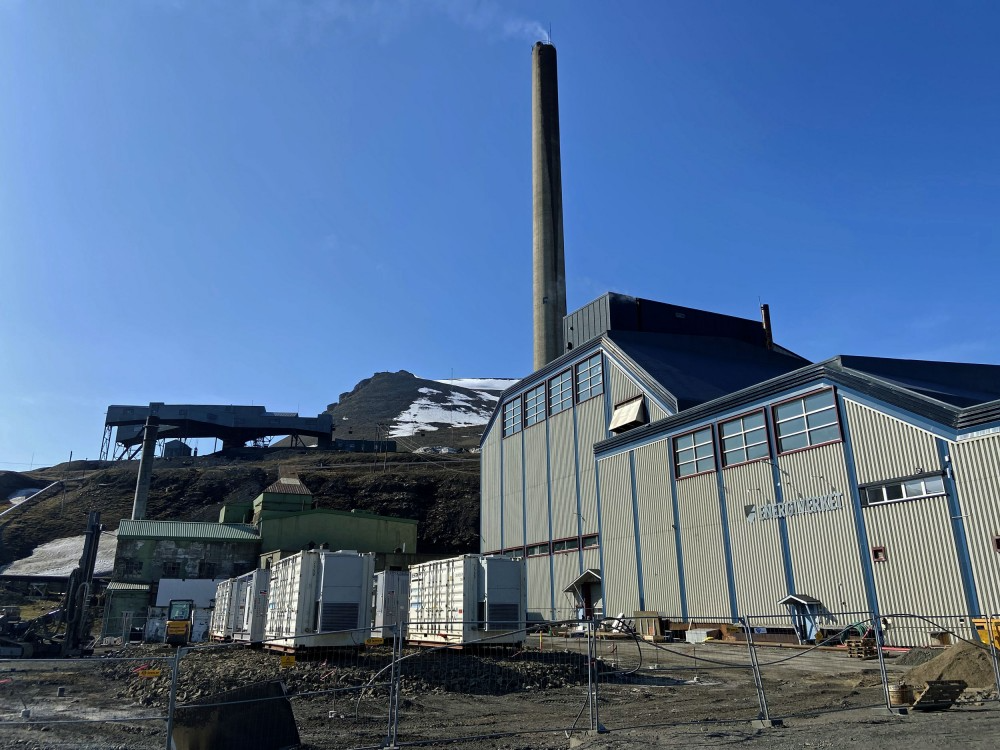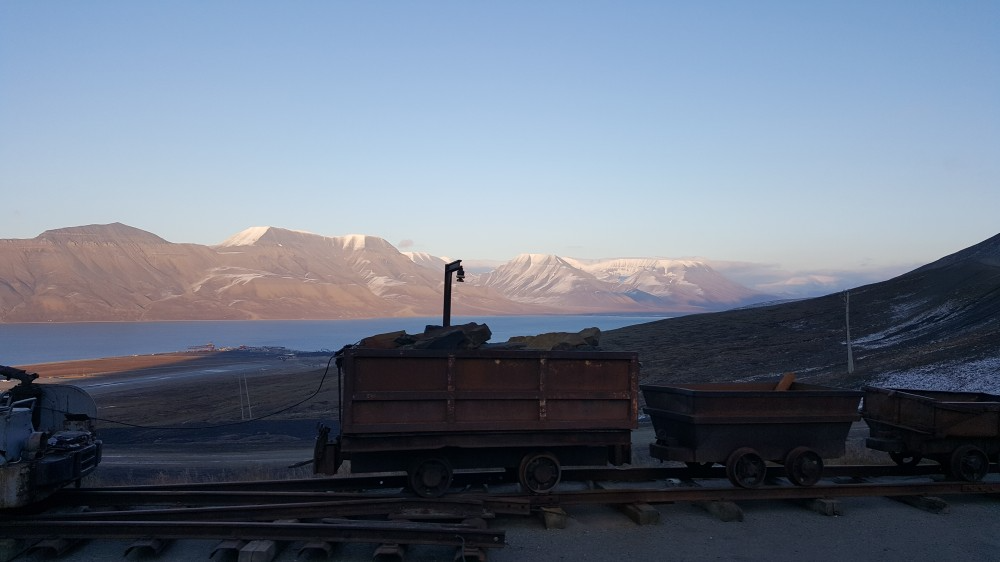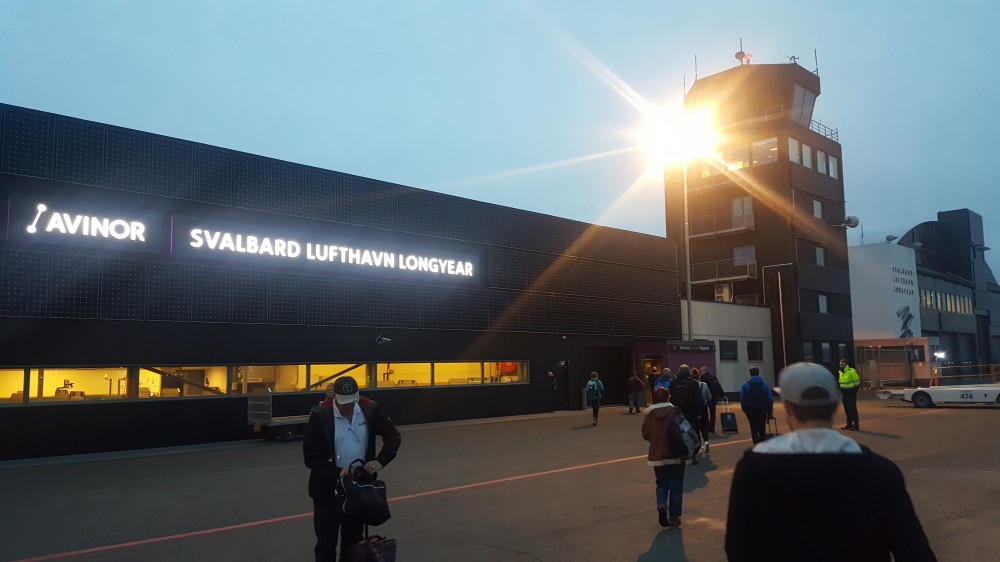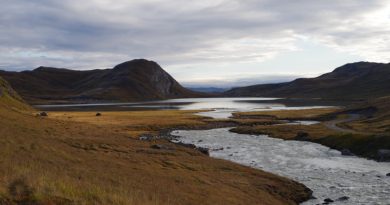World’s northernmost coal power plant shuts down

Longyearbyen at Svalbard switches from coal to diesel and halves the emission of CO2.
October 19 marks the last day of operations for Norway’s only coal power plant. Providing heat and electricity to Longyearbyen since 1983, the plant was also the world’s northernmost, at 78° North.
The plant produced 11 MW electricity and 20 MW thermal heat. CO2 emissions will be halved from today’s 70,00o tons annually with the transfer from coal to diesel. The cut equals emissions from about 20,000 cars.
Locals are invited to the plant to mark the official shutdown. “This marks the end of a chapter in our history,” Svalbard Energy writes in the invitation.
Environmentalists have long criticized Norway for mining coal and running a coal power plant at Svalbard as the Arctic is warming in times of climate crisis.

Coal means more to Longyearbyen than just being a source of local energy. The town was established, and named after, John Munro Longyear, whose Arctic Coal Company started mining there in 1906. The Norwegians took over the mining in 1916 and coal was the cornerstone of Norway’s activities at Svalbard until the 1990s when tourism and science started to grow.
The last remaining Norwegian coal digging, at mine No. 7, will soon also be shut down, leaving Svalbard with only the Russians operating a cold mine and the coal power plant in Barentsburg.
New diesel aggregates will for the nearest future be the main energy source for the nearly 2,500 inhabitants. In the longer run, though, Longyearbyen aims for a zero-emission energy supply.
Reaching the goal of 100% renewables could be a combination of solar panels, windmills, bioenergy, geothermal, and battery mega-packs. A 7 MWh battery pack is already in place as a backup in case of short-term interruption at the diesel generators.

Installation of solar panels is already in full swing on rooftops and buildings.
Store Norske Energy has installed panels both on key buildings in the center of Longyearbyen and at Kongsberg Satellite Services (KSAT) on the mountain some five kilometers west of the settlement.
Related stories from around the North:
Canada: Victoria Gold fined $95K for violating mining licences in Yukon, CBC News
Russian: Russian Arctic coal is looking for way out of sanctions, The Independent Barents Observer
United States: BLM proposes allowing ConocoPhillips to drill most of its Arctic Willow project, Alaska Public Media



